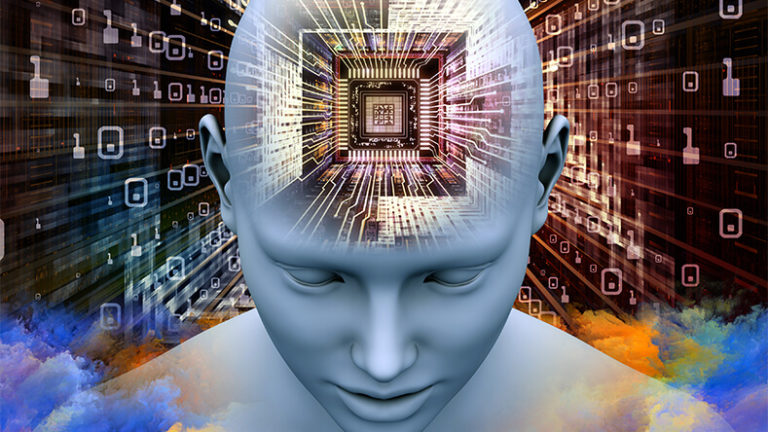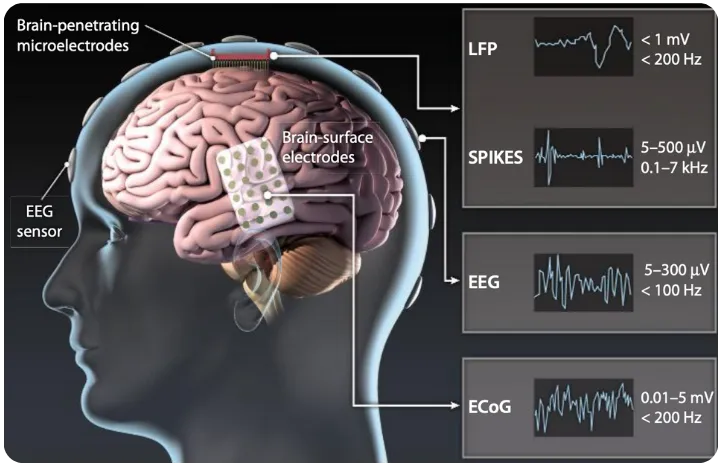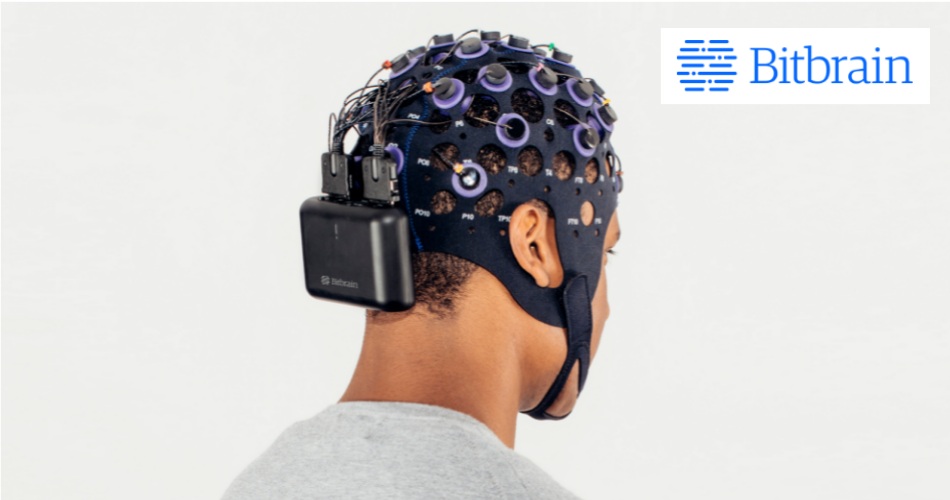The Dawn of the Neural Age: Promise and Peril
We stand at the precipice of a technological revolution that promises to redefine human experience: the age of neural interfaces. Brain-computer interfaces (BCIs), devices that translate neural activity into digital commands, are rapidly moving from the realm of science fiction and specialized medical labs into the mainstream consciousness. From restoring mobility to the paralyzed to promising seamless control over our digital environment, the potential applications are staggering. This surge in innovation, however, brings with it a profound and urgent challenge. As we forge a direct link between the human brain and external technology, we are creating an entirely new category of data—neural data—that is more intimate and revealing than anything we have ever collected. The latest Neural Interfaces News is no longer just about technological breakthroughs; it’s about the critical conversation surrounding the security, privacy, and ethical frameworks required to govern this powerful technology. The questions we answer today will determine whether BCIs usher in an era of unprecedented human augmentation or an age of unparalleled surveillance and manipulation.
Section 1: Understanding the BCI Landscape and the Data at Stake
At its core, a brain-computer interface is a system that acquires brain signals, analyzes them, and translates them into commands that are relayed to an output device to carry out a desired action. While the concept is straightforward, the implementation and the data involved are incredibly complex. Understanding this landscape is the first step toward appreciating the gravity of the associated privacy and security concerns.
Invasive vs. Non-Invasive Interfaces: A Spectrum of Intimacy
BCIs are broadly categorized into two types, each with distinct capabilities and risks:
- Invasive BCIs: These systems require surgical implantation of electrodes directly onto or into the brain’s cortex. Devices like the Utah Array or Neuralink’s N1 implant offer extremely high-fidelity data, capable of capturing the firing of individual neurons. This precision is what allows for the fine motor control needed to operate a robotic arm or type with one’s mind. The primary focus for this technology is currently in the Health & BioAI Gadgets News space, offering solutions for severe paralysis and neurological disorders.
- Non-Invasive BCIs: These are wearable devices that measure brain activity from outside the skull, most commonly using electroencephalography (EEG). Companies like Emotiv and Kernel produce headsets that, while less precise than invasive methods, can still detect broader neural patterns related to focus, emotional state, and simple cognitive commands. This category is closer to consumer adoption, with potential applications in everything from gaming and wellness to productivity, blurring the lines with Wearables News and AI Fitness Devices News.
What is “Neural Data”? More Than Just Commands
The critical point of concern is the nature of the data being collected. Unlike a keystroke or a voice command, neural data is a raw, unfiltered stream of our cognitive processes. This data can contain:
- Intentional Commands: The “what” you want to do, like moving a cursor or selecting a letter.
- Biometric Signatures: Your brainwave patterns are unique, creating an unchangeable biometric identifier.
- Subconscious Information: Emotional responses, cognitive biases, levels of attention, mental fatigue, and even early markers for neurological conditions like Parkinson’s or Alzheimer’s can be present in EEG signals.
- Inferred States: With advanced AI algorithms, it may be possible to infer complex information, such as your political leanings from your reaction to news headlines or your purchasing intent when viewing an advertisement.
This rich, multi-layered data stream is a goldmine for researchers and corporations but a minefield for personal privacy. The latest AI Research / Prototypes News highlights how machine learning models are becoming increasingly adept at decoding these complex neural signals, amplifying both the potential benefits and the risks.

Section 2: Brainjacking, Data Leaks, and the New Frontier of Cyber Threats
As BCIs become more connected, integrating with our phones, smart homes, and the broader Internet of Things, they also become a prime target for malicious actors. The security vulnerabilities of neural interfaces are unique and carry consequences that are far more personal and dangerous than traditional cyber threats. The conversation is shifting from what is possible to what is probable if security is not a foundational principle of BCI development.
The Anatomy of a Neural Threat
Security experts are beginning to model the potential attack vectors against BCIs, which fall into several alarming categories. These scenarios are no longer theoretical and are a growing focus of AI Security Gadgets News.
- Data Eavesdropping: This is the most straightforward threat, where an attacker intercepts the raw data stream between the BCI and its connected device. This stolen neural data could be used for blackmail (e.g., revealing a hidden medical condition), highly invasive targeted advertising, or even social engineering attacks based on your emotional state. Imagine a world where your AI Assistants News feed is manipulated based on your subconscious anxieties.
- Malicious Input (Brainjacking): A more terrifying prospect is the possibility of an attacker sending malicious signals to the BCI. For non-invasive devices, this could mean inducing distracting sensory information or triggering negative emotional states. For future, more advanced invasive interfaces with stimulation capabilities, the risk could escalate to inducing involuntary motor movements—a literal “brain hack.” Consider the implications for a user controlling a vehicle, a drone, or heavy machinery, topics often covered in Autonomous Vehicles News and Drones & AI News.
- Device Manipulation: Compromising the BCI could allow an attacker to take control of any device connected to it. This could range from mischievous (changing channels on a smart TV) to catastrophic (disabling a critical medical device or taking control of a user’s AI Personal Robots).
Real-World Scenarios and Case Studies
While large-scale BCI hacks are not yet public, security researchers have demonstrated the feasibility of these attacks in controlled environments. In one study, researchers were able to guess a user’s PIN and other private information by analyzing the P300 event-related potential—a specific brain response to recognized stimuli—captured by a commercial EEG headset during a mock login process. This highlights that even today’s consumer-grade devices are not immune. As this technology integrates with our daily lives, from AI Office Devices News about focus-monitoring headsets to AR/VR AI Gadgets News about thought-controlled virtual worlds, each new application becomes a new potential point of failure.
Section 3: The Ethical and Regulatory Vacuum
Technology is advancing far faster than the legal and ethical frameworks designed to govern it. Neural data does not fit neatly into existing data protection laws like GDPR or HIPAA. It is simultaneously health data, biometric data, and personal data, yet it is also something more—a direct window into our consciousness. This legislative lag creates a dangerous vacuum where innovation can outpace protection.
The Inadequacy of Existing Laws

Current data privacy laws were built for a world of clicks, searches, and location pings. They are ill-equipped to handle the nuances of neural data. For example:
- The Problem of Consent: Can a user give meaningful consent to the collection of their neural data when even they may not fully understand what it contains or how it could be interpreted by powerful AI algorithms? How do you consent to the collection of your subconscious thoughts?
- The Right to Deletion: If a company collects data that reveals an early biomarker for a neurological disease, does a user’s “right to be forgotten” extend to deleting a medical fact about themselves? The implications for insurance and employment are enormous.
- Data Ownership: Who owns your neural data? You, the device manufacturer, or the app developer using the BCI’s API? The answer is currently unclear.
The Rise of “Neurorights”
In response to this gap, ethicists and legal scholars are proposing the concept of “neurorights”—a new class of human rights designed to protect the brain. These often include:
- The Right to Mental Privacy: The right to keep your thoughts and mental states private from surveillance and unauthorized access.
- The Right to Personal Identity: The right to protect your sense of self from being technologically altered without your consent.
- The Right to Free Will: The right to make decisions freely, without being covertly manipulated by neurotechnology.
These principles are beginning to influence policy discussions worldwide. The urgent need for regulation is clear, as the technology is already being integrated into various sectors, from AI for Accessibility Devices News to experimental AI in Gaming Gadgets News.
Section 4: A Path Forward: Best Practices and Recommendations

Securing the future of neural interfaces requires a proactive, multi-stakeholder approach. It is not enough to wait for a catastrophic data breach to occur. Companies, policymakers, and consumers must work together now to build a foundation of trust and security.
For Developers and Manufacturers:
- Adopt Privacy by Design: Security and privacy cannot be afterthoughts. They must be core principles from the initial design phase of any BCI hardware or software.
- Embrace Edge Computing: Whenever possible, process neural data directly on the device. This minimizes the amount of raw, sensitive data transmitted to the cloud, a key trend in AI Edge Devices News. Data that must be sent should be anonymized and encrypted with state-of-the-art protocols.
- Radical Transparency: Users must be given clear, understandable information about what data is being collected, how it is being used, and who it is being shared with. Complex legal jargon in terms of service agreements is unacceptable.
For Policymakers and Regulators:
- Define Neural Data as a Special Category: Lawmakers should create a new, distinct legal classification for neural data, affording it the highest possible level of protection.
- Fund Independent Security Research: Governments should encourage and fund white-hat hacking and independent security audits of commercial BCI devices to identify vulnerabilities before they can be exploited.
- Foster International Standards: Create global standards for BCI security and data handling to ensure a consistent level of protection across borders, impacting everything from AI Phone & Mobile Devices News to medical device regulation.
For Consumers and End-Users:
- Demand Transparency: Before purchasing or using a BCI device, scrutinize the company’s privacy policy. If it’s vague or confusing, be wary.
- Practice Good Digital Hygiene: Use strong, unique passwords for any associated accounts and enable two-factor authentication. Treat your BCI with the same security caution as your primary computer or smartphone.
Conclusion: Charting a Responsible Course for Neurotechnology
Neural interfaces represent a monumental leap in human-computer interaction, with the potential to dramatically improve lives and unlock new forms of creativity and communication. However, the path to this future is fraught with unprecedented ethical and security challenges. The data flowing from our brains is the most intimate information that can possibly exist, and protecting it is paramount. The current calls for investigation and regulation are not a roadblock to innovation but a necessary and vital course correction. By embedding privacy, security, and ethics into the DNA of this emerging technology, we can ensure that the future of neural interfaces is one that empowers humanity without compromising its very essence: the sanctity and privacy of the human mind.










